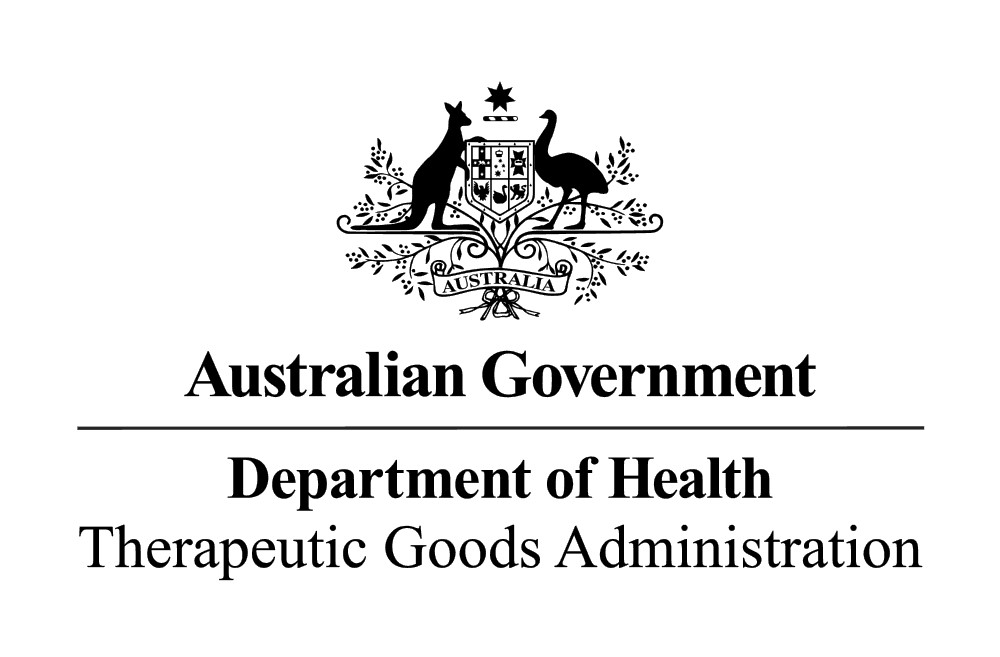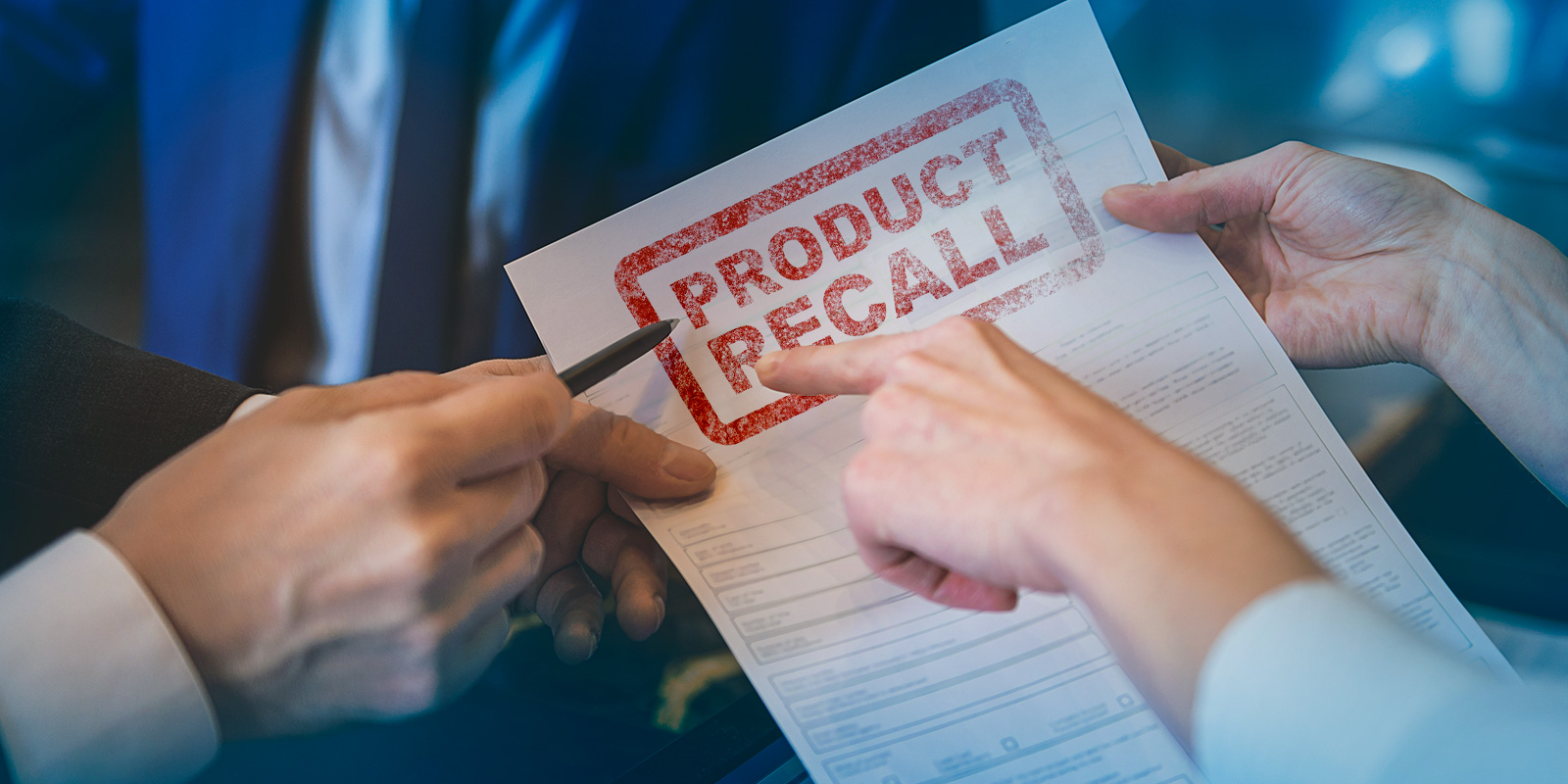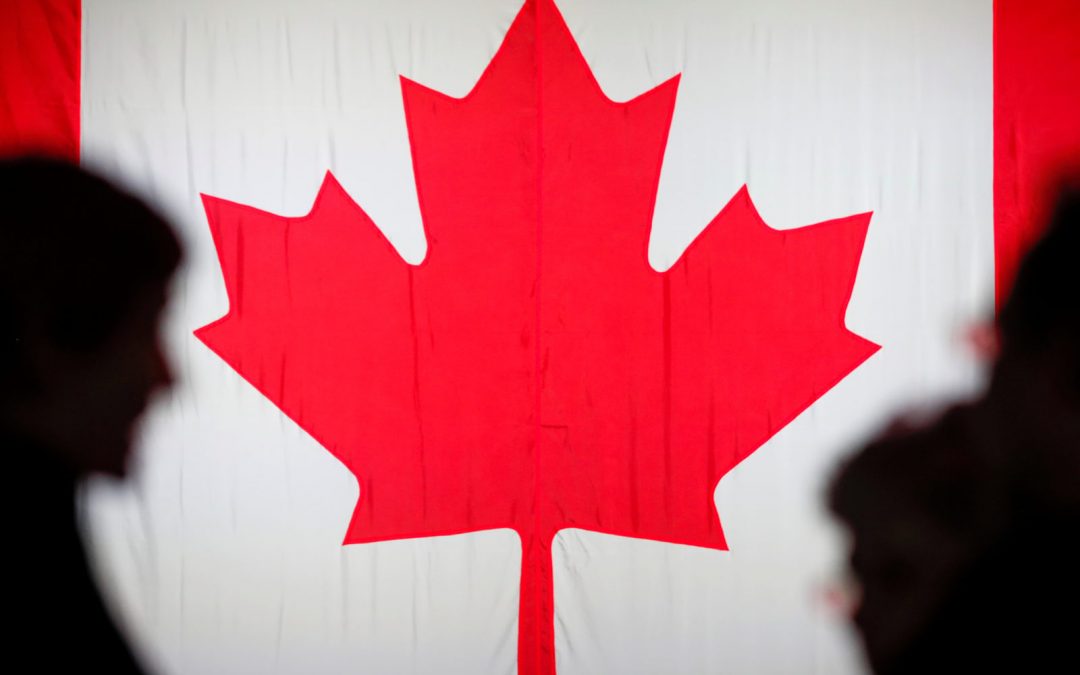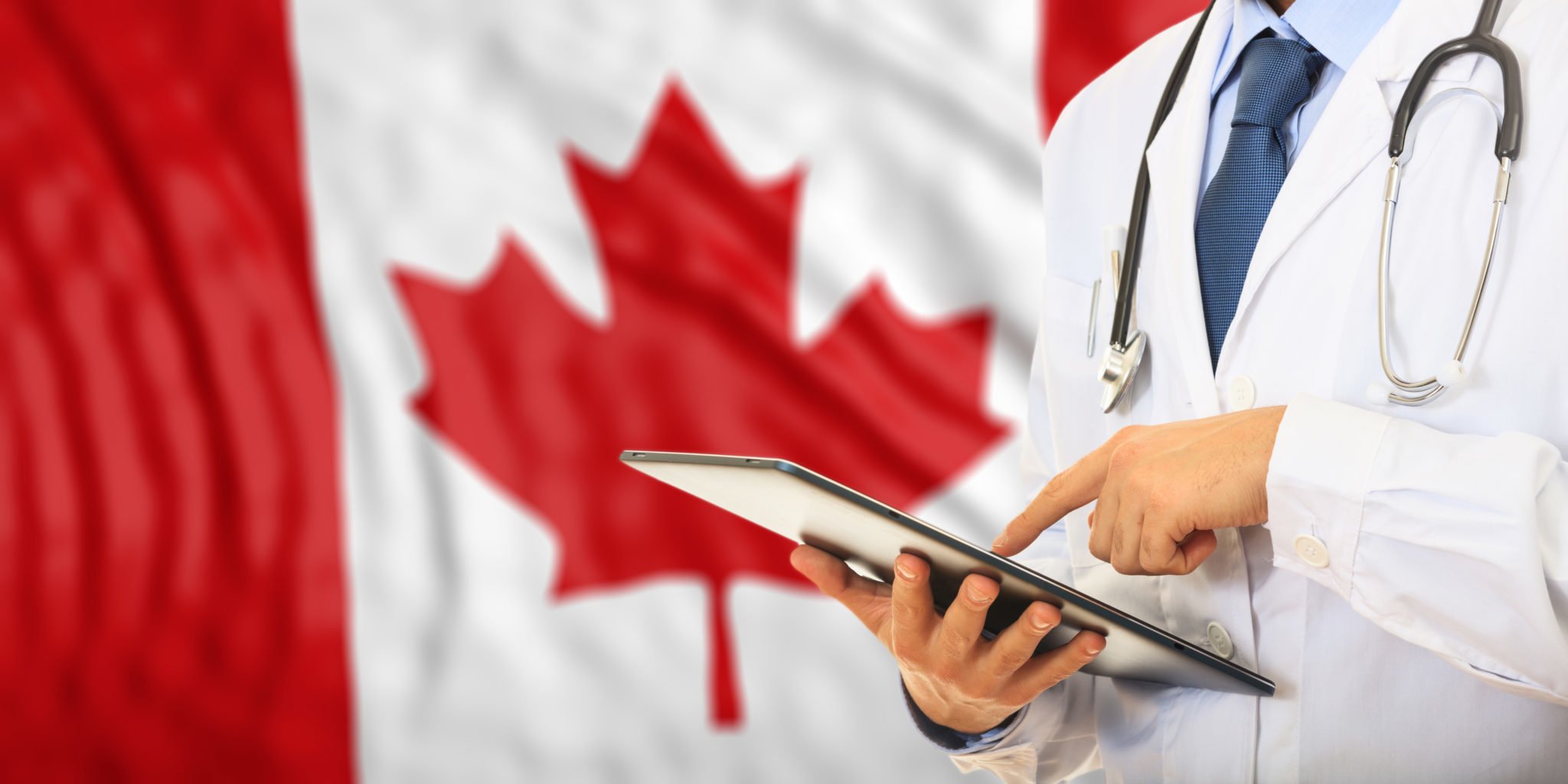Health Canada, the country’s regulating authority in the sphere of healthcare products, has published a guidance document dedicated to medical device recalls. The document provides guidelines to be followed by medical device manufacturers with regard to their products marketed and used in Canada in case such products are found to be non-compliant, fail to operate as intended, or expose patients and other persons using them to additional risks.

Table of Contents
The present article describes clarifications provided by Health Canada with regard to reporting process in the context of medical device recalls. The requirements described therein are applicable to all parties involved in operations with medical devices apart from retailers and healthcare institutions using medical devices supplied by third parties – these categories are explicitly excluded under the existing legislation but are full applicable to medical device manufacturers marketing their products in Canada.
Regulatory Background
According to the guidance, the procedures to be developed and implemented by medical device manufacturers and importers should also contain provisions regarding preparing and submitting initial and final recall reports to the regulating authority. In particular, the procedures should prescribe:
- Specific content required in initial and final recall reports;
- Time frame for submitting initial and final recall reports to Health Canada;
- Need for progress reports, if requested by Health Canada;
- Contact details for [the] nearest Health Canada regional office.
Submission Process
The document further describes how the report on a medical device recall should be submitted to the regulating authority. According to the guidance, the following rules apply:
- An initial report on a medical device recall should be submitted to the regional office of the regulating authority no later than 3 business days from the day the recall has been initiated. For the purpose of this rule, the date the manufacturer commenced sending notifications to the parties involved is considered the day the recall started. The initial recall report should comply with the Medical Device Recall Reporting Form – Initial (FRM-0360).
- A final report should be submitted to the regional office of the regulating authority upon completion of the recall without undue delay. The report of this type should comply with the Medical Device Recall Reporting Form – Final (FRM-0360).
The guidance also refers to the Recalls Policy (POL-0016) issued by Health Canada. The aforementioned policy outlines additional requirements the responsible parties should follow. In particular, there is an obligation to notify the authority no later than 24 hours from the moment a decision to initiate a recall has been taken. Otherwise, the appropriate justification would have to be included in the initial report.
In accordance with the applicable legislation, the medical device manufacturer is entitled to authorize the importer to submit information and documentation related to the recall on behalf of the manufacturer. In such a case, the manufacturer should duly notify the regulating authority about the authorization granted. In all other cases, both medical device manufacturer and importer would have to submit reports on a recall separately. In the case of the authorization described above, the manufacturer shall ensure that (a) the importer clearly understands the recall reporting requirements and (b) all information submitted by the importer is identical to the information the manufacturer intends to submit. It is also stated that the manufacturer must submit a written notification to Health Canada confirming that the importer accepts the recall report designation. Such a notification should be provided by the medical device manufacturer to the appropriate regional office of the regulating authority.

Interim or Progress Reports
In order to keep the regulating authority informed about the progress of a recall, the party responsible for reporting could be required to provide interim or progress reports. In such a case, the appropriate reporting period would be communicated by the authority. Under the general rule, interim reports are usually required in case of:
- Recalls with long projected completion dates;
- Recalls with multiple stages;
- Recalls not completed by the projected date.
As explained in the guidance, recall progress reports should contain the following information:
- Number of consignees notified of the recall;
- Date and method of notification;
- Number of respondents and quantity of affected devices in their possession;
- Number of non-respondents;
- Number of devices returned or corrected;
- Number and results of recall effectiveness checks;
- Estimated time frame for completion (if revised).
Additional Aspects
Apart from the points described above and previous articles dedicated to the Health Canada guidance on medical device recalls, the aforementioned document contains several annexes providing additional information to be considered by the parties involved in order to achieve and sustain compliance with the applicable regulatory requirements.
For instance, the authority provides definitions for the most important terms and concepts used in the context of medical device recalls. The terms explained by Health Canada include the following:
- Consignee – any party to which a medical device in question has been supplied.
- Correction – an action performed in order to regain compliance of a medical device with the applicable regulatory requirements. According to the guidance, correction may include the repair, modification, adjustment, relabelling or inspection (including patient monitoring) of a device without its physical removal to some other location.
- Distributor stands for an entity that supplies medical devices to parties that will not use these devices personally.
- Health hazard classification – one of the most important concepts related to recalls which indicates the level of risk the device creates when available for the customers and patients. There are three types of recalls based on health hazard classification where Type I stands for the highest risk and Type III for the lowest, respectively.
- Health risk assessment is defined as the scientific characterization of the probability of occurrence and severity of known or potential adverse health effects resulting from exposure to hazards. The process includes these steps: hazard identification, hazard characterization, exposure assessment, and risk characterization.
- The label stands for all materials accompanying a medical device. The authority explicitly mentions that the “label” should not be limited only to the label itself placed on a product itself or its packaging, but should be extended to all other printed materials, including manuals, package inserts, brochures, and leaflets.
- Recall refers to the actions taken by a party responsible for a medical device in order to notify other parties using this device about safety- or performance-related issues associated thereto. A recall should be initiated if the device creates hazards to the patient’s health, fails to conform to any claim made by the manufacturer or importer relating to its effectiveness, benefits, performance characteristics or safety; or fails to comply with the applicable regulatory requirements as prescribed by the current legislation.
In summary, the present Health Canada guidance provides additional clarifications regarding the requirements in terms of reporting a recall to the regulating authority. The document specifies the reporting timelines and outlines the scope of information each type of report should contain, including the interim or progress reports.
Sources:
How Can RegDesk Help?
RegDesk is a next-generation web-based software for medical device and IVD companies. Our cutting-edge platform uses machine learning to provide regulatory intelligence, application preparation, submission, and approvals management globally. Our clients also have access to our network of over 4000 compliance experts worldwide to obtain verification on critical questions. Applications that normally take 6 months to prepare can now be prepared within 6 days using RegDesk Dash(TM). Global expansion has never been this simple.


